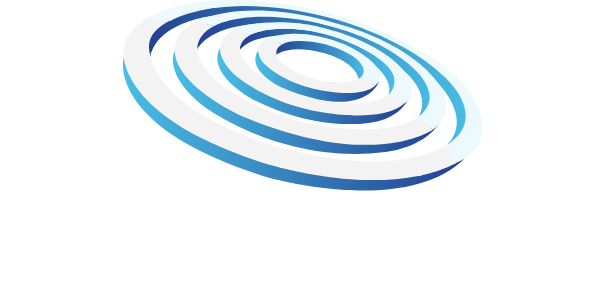Search engines work through three primary functions:
- Crawling: Scour the Internet for content, looking over the code/content for each URL they find.
- Indexing: Store and organize the content found during the crawling process. Once a page is in the index, it’s in the running to be displayed as a result to relevant queries.
- Ranking: Provide the pieces of content that will best answer a searcher’s query, which means that results are ordered by most relevant to least relevant.
What is search engine crawling?
Crawling is the discovery process in which search engines send out a team of robots (known as crawlers or spiders) to find new and updated content. Content can vary — it could be a webpage, an image, a video, a PDF, etc. — but regardless of the format, content is discovered by links.
Googlebot starts out by fetching a few web pages, and then follows the links on those webpages to find new URLs. By hopping along this path of links, the crawler is able to find new content and add it to their index called Caffeine — a massive database of discovered URLs — to later be retrieved when a searcher is seeking information that the content on that URL is a good match for.
What is a search engine index?
Search engines process and store information they find in an index, a huge database of all the content they’ve discovered and deem good enough to serve up to searchers.
Search engine ranking
When someone performs a search, search engines scour their index for highly relevant content and then orders that content in the hopes of solving the searcher’s query. This ordering of search results by relevance is known as ranking. In general, you can assume that the higher a website is ranked, the more relevant the search engine believes that site is to the query.
It’s possible to block search engine crawlers from part or all of your site, or instruct search engines to avoid storing certain pages in their index. While there can be reasons for doing this, if you want your content found by searchers, you have to first make sure it’s accessible to crawlers and is indexable. Otherwise, it’s as good as invisible.
Indexing: How do search engines interpret and store your pages?
Once you’ve ensured your site has been crawled, the next order of business is to make sure it can be indexed. That’s right — just because your site can be discovered and crawled by a search engine doesn’t necessarily mean that it will be stored in their index. In the previous section on crawling, we discussed how search engines discover your web pages. The index is where your discovered pages are stored. After a crawler finds a page, the search engine renders it just like a browser would. In the process of doing so, the search engine analyzes that page’s contents. All of that information is stored in its index.
Ranking: How do search engines rank URLs?
How do search engines ensure that when someone types a query into the search bar, they get relevant results in return? That process is known as ranking, or the ordering of search results by most relevant to least relevant to a particular query.
Search engines use algorithms, a process or formula by which stored information is retrieved and ordered in meaningful ways. These algorithms have gone through many changes over the years in order to improve the quality of search results. Google, for example, makes algorithm adjustments every day — some of these updates are minor quality tweaks, whereas others are core/broad algorithm updates deployed to tackle a specific issue.
What do search engines want?
Search engines have always wanted the same thing: to provide useful answers to searcher’s questions in the most helpful formats. If that’s true, then why does it appear that SEO is different now than in years past?
GET TO THE TOP!
If you have questions or concerns about your online presence give Stratedia a call at 860.415.0430 or visit us online at stratedia.com. We‘re ranked Best as the top seo company CT by Clutch.co! Let Stratedia help you, GET TO THE TOP!





